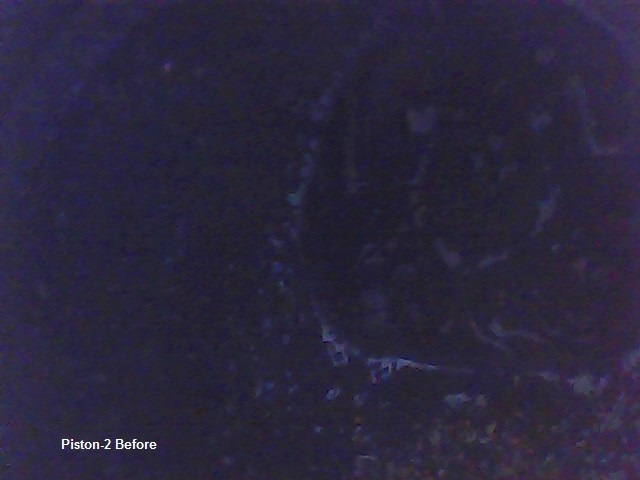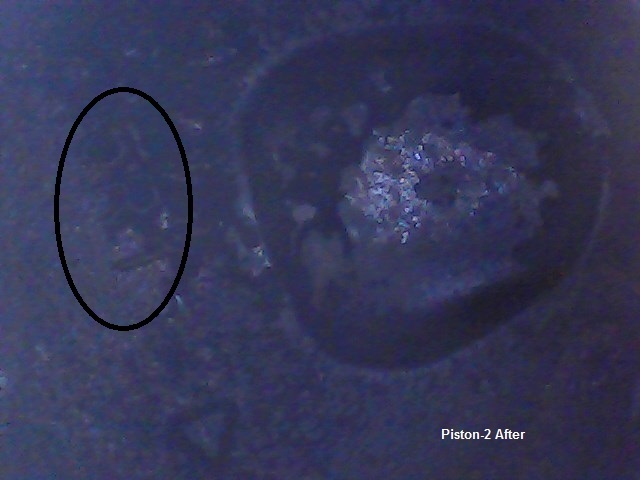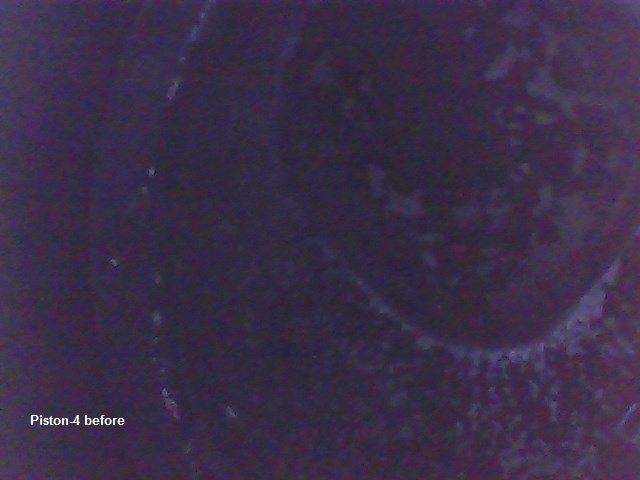Curiosity got the better of me so i bought a borescope camera online and decided to check the engine cylinders / piston top by water de-carbonization technique on my vezel after watching a couple of videos on youtube. Used mineral water around 0.4 liter (slowly added from the vacuum line on the throttle body) with the engine being rev at 3000 rpm and took before and after pics using the borescope camera. The engine check light did came on but disappeared once the car switched off and again started. The vehicle has 60k Km on the Odo. Below are pic of before and after. The results speak for themselves. Lot of carbon deposits removed something i believe engine additives such as liqimoly , STP etc cannot achieve.
Verdict:-
-The technique does work. Engine felt more smooth and i also felt that vehicle would remain on hybrid system (EV) on a slightly more peddle compared to the previous. Could be due to increase in engine efficiency.
-Fuel economy, cant say now as need more time to evaluate it.
-Engine noise , i would say same or possibly slightly less may be.
Again this would clean up the carbon deposits in the cylinders and on top of pistons but the original topic issue of dirty injectors and possibly dirty intake valves would not be cleaned by this technique. I will open up the injectors after 10,000 km (after cleaning and continues hi-octane usage, already doing) and see the condition and use the borescope camera to see the condition of intake valves and decide for a way forward.
Piston-1 before

Piston-1 after

Piston-2 before

Piston-2 after

Piston-3 before

Piston-3 after

Piston-4 before

Piston-4 after

Mineral water and qty used.
Condition of exhaust after experiment
Borescope camera used